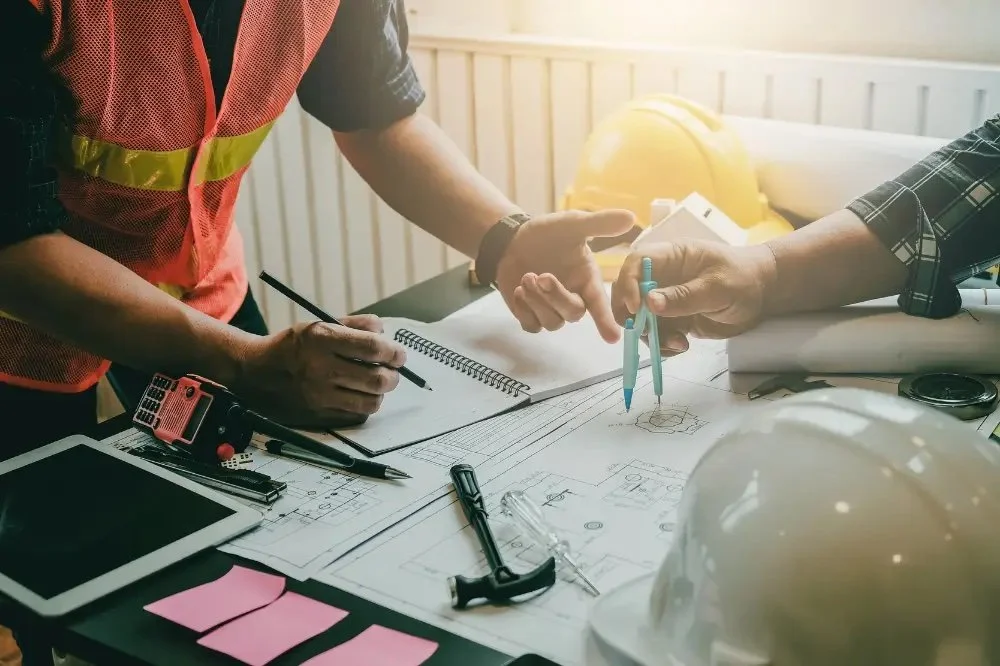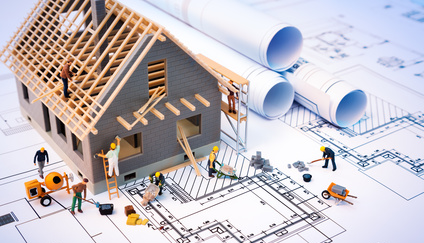
Managing Design Risk Under CDM 2015
How Principal Designers help make safety part of the design process.
Why Design Risk Needs Managing
Many construction-phase risks can be traced back to early design decisions. Managing those risks under CDM 2015 is the Principal Designer’s core responsibility during pre-construction.
At DQS, we support clients by coordinating design decisions that reduce risk and improve safety outcomes for workers, building users, and future maintenance teams.
Common Design-Related Risks
We help identify and manage design-stage risks such as:
- Falls from height due to roof access issues
- Clashes between M&E and structure
- Inaccessible maintenance points
- Unsafe working spaces during installation
- Material choices that increase hazard exposure
By addressing these early, we help reduce reliance on late-stage mitigation measures.
How DQS Helps Manage Design Risk
Our Principal Designer service includes:
- Running risk workshops with the design team
- Developing and updating a design risk register
- Reviewing changes for new or increased risks
- Helping document risk decisions and rationale
- Coordinating communication of risks to the Principal Contractor
Clear design risk management reduces on-site incidents, improves buildability, and demonstrates compliance with CDM 2015. It also improves project quality and stakeholder trust.
FAQ
Let’s Take the Risk Out of the Unknown
Want to manage risk proactively at design stage? Get in touch with DQS to learn how our Principal Designer service supports risk reduction from day one.
Related Reads:
Discover More About Surveying
What is Quantity Surveying in Construction?
Find out more about what is quantity surveying in construction
What is a Quantity Surveying Course?
Find out more about what is a quantity surveying course.
How to Study Quantity Surveying
Find out more about how to study quantity surveying.
What is Quantity Surveying in Construction Economics?
Find out more about what is quantity surveying in construction economics.







